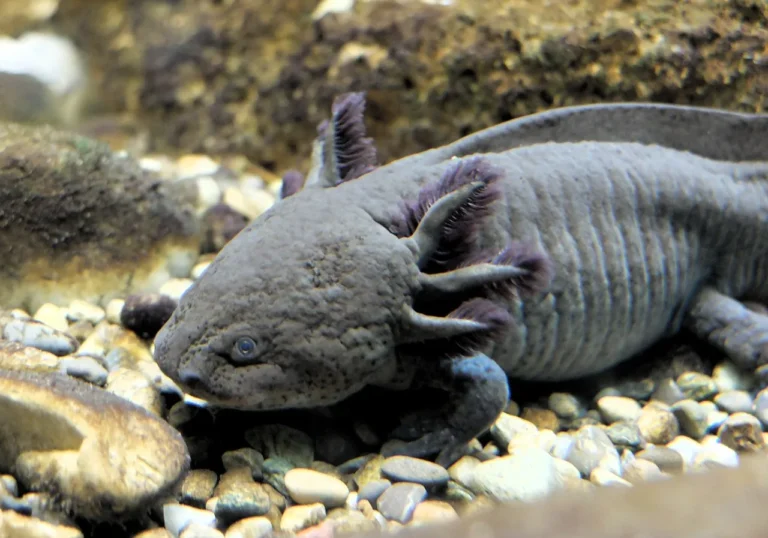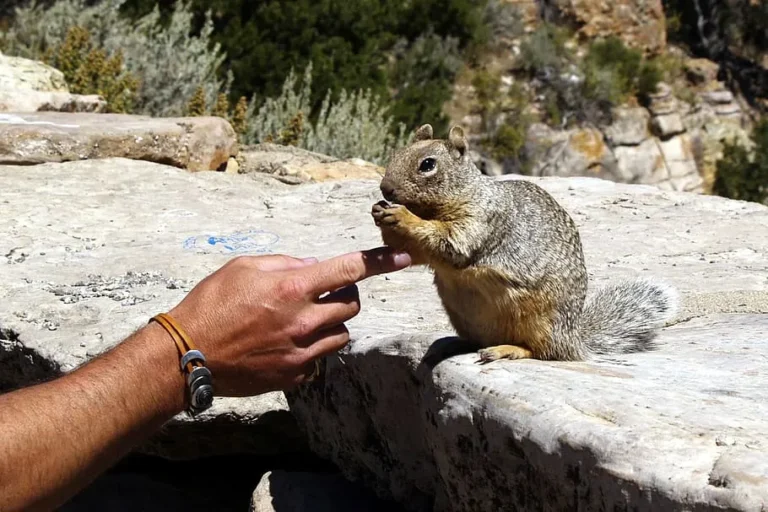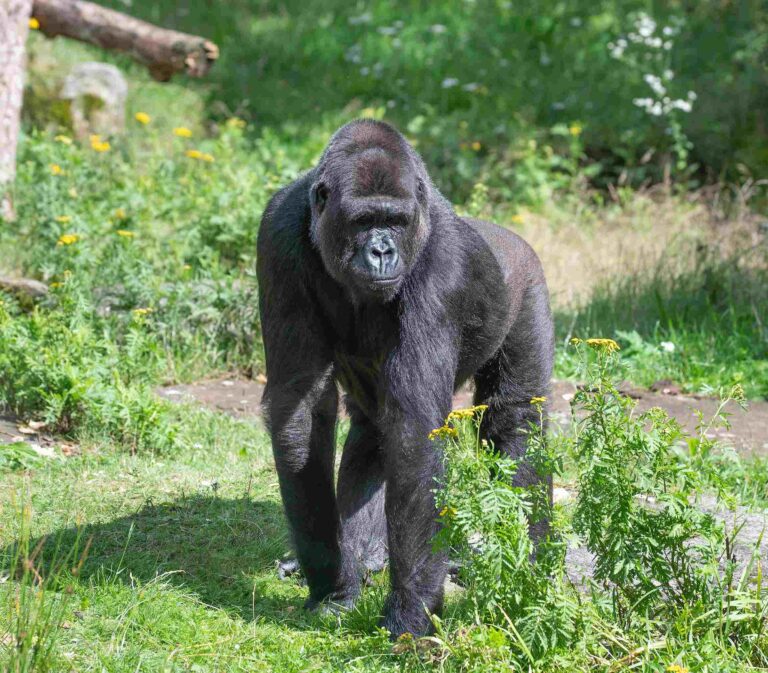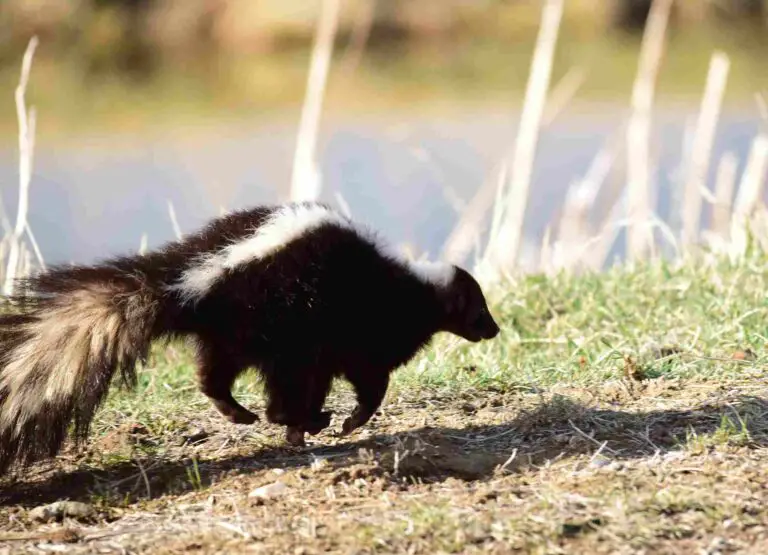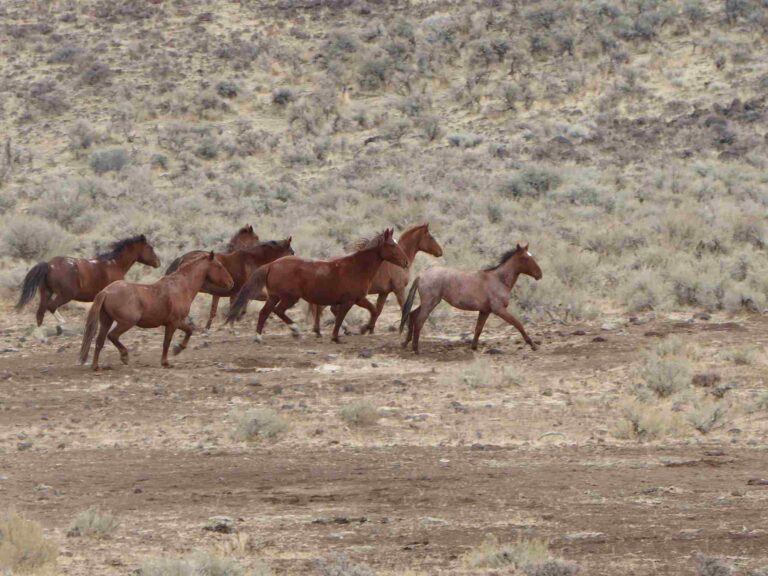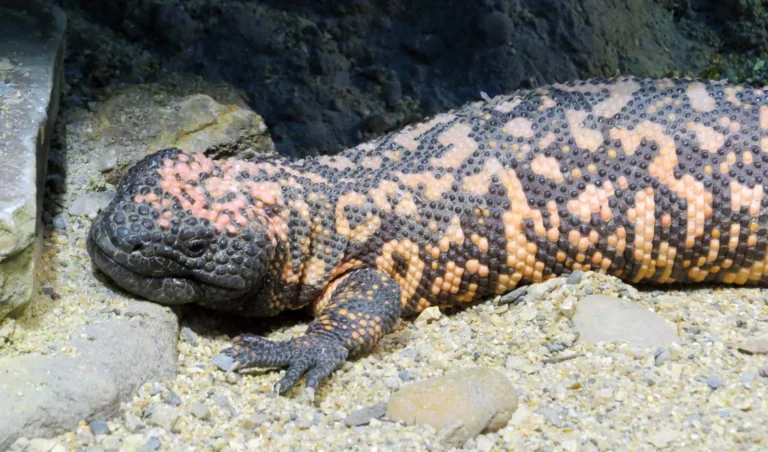Prairie Ecosystem Definition, Ecology, Biotic and Abiotic Factors
Prairie ecosystem is a biome dominated by grasses, forbs, sedges and legumes, with distinctive physicochemical conditions and biodiversity.
This article discusses prairie ecosystem definition, ecology, biotic and abiotic factors, as outlined below;
-Prairie Ecosystem Definition and Importance
-Prairie Ecosystem Biotic Factors
-Prairie Ecosystem Abiotic Factors
Prairie Ecosystem Definition and Importance
Prairie ecosystem is a type of grassland that is characterized by extensive grass-covered areas, and sparse tree growth [7].
It can be considered an ecological combination of grassland and forest biomes, as it possesses various characteristics that are typical of both ecosystems.
Vegetation in the prairie is mostly non-woody, where woody plants are represented mainly by trees, which are only a recessive biotic component of the ecosystem.
One of the differences between the prairie and conventional grassland savanna is geographic location. Prairies tend to occur more in areas with temperate climatic conditions, and are more likely than conventional grassland savanna to occur at relatively-high elevation.
Rainfall and temperature conditions may vary across different seasonal periods of the year, but are generally low to moderate.
Factors that contribute to the distinctive nature of prairie ecosystem include physicochemical properties like temperature, pressure and acidity.
The prairie ecosystem is important because of its role as a natural habitat for multiple plant and animal species, as well as a source of raw materials and scientific information that can provide further understanding of the environment, geochemical cycles, and processes like carbon sequestration and biodegradation which facilitate bioenergy conversion and natural resource recycling.
Another area of importance of prairie ecosystem arises from the fact that prairies contain energy resources in the form of biomass, that could be conserved to mitigate rates of environmental degradation, in the form of deforestation, desertification and climate change [4].

Prairie Ecology
Prairie ecology comprises of, or describes, the dynamic interactions between biotic and abiotic components of a prairie ecosystem [2].
These dynamic interactions are analyzed in the form of prairie food chains, food webs, and energy pyramids.
Namely, the biotic components of prairies are animals and plants, while the abiotic components include soil, water, climate, physicochemical conditions and processes.
The interaction between biotic and abiotic components result in the processes that occur in prairies, which may be physical, chemical or biochemical, and result in energy conversions and transfers that enable the ecosystem to function.
Biotic and abiotic factors that make up prairie ecosystems are discussed briefly below.
-Prairie Ecosystem Biotic Factors
1). Animals in a Prairie Ecosystem (as one of the Prairie Ecosystem Biotic Factors)
While it is not feasible to determine how many animals are in the prairie (for any given scenario), the prairie animal population can be evaluated from the viewpoint of species abundance and distribution.
Up to 400 different species of small and large animals, vertebrates and invertebrates (including birds), occur in the prairie.
Small animals that live in the prairie are; grasshopper mouse, plains pocket mouse, muskrat and western harvest mouse.
Large prairie animals include; elk, pronghorn, bison, deer, giant anteater, bear, kangaroo, prairie dog, and coyote.
Some birds in the prairie are; brown-headed cowbird, greater sage grouse, sharp-tailed grouse, gray partridge, wild turkey, and ring-necked pheasant.
One common animal adaptation in the prairie is camouflage, which allows animals to be effectively concealed among the grasses from predators and prey alike, in the absence of significant tree of rock cover.

Other prominent adaptations of animals in the prairie are burrowing behavior, stealth, speed, and minimal water consumption.
2). Plants in a Prairie Ecosystem
The types of plants found in prairies are mostly drought-resistant species with low water-demand and low transpiration rates; because of the relatively-low amount of rainfall in this biome.
Plants survive in the prairie through the use of adaptive features like well-developed root systems and moisture-retaining leaves that enable them absorb and conserve moisture even under dry climatic conditions. The roots are particularly adapted and important for their survival, and have been the subject of multiple researches [5].
Prairie plants are also physically resilient to withstand winds and natural hazards like heat waves and wildfires.
The main plant species that are found in prairies are grasses and sedges, alongside legumes and flower-bearing plants called forbs [3].
Examples of plants in the prairie are; coneflower, wheatgrass, milkweed, smooth aster, prairie sage, cattail, and Canada goldenrod.
3). Decomposers in the Prairie (as one of the Prairie Ecosystem Biotic Factors)
Decomposers in the prairie include all organisms that are directly involved in the breakdown or biodegradation of biomass.
Prairie decomposers are very important since biodegradation is one of the primary means of organic matter and bioenergy recycling.
Through the activities of these organisms, remains of plant and animals are converted into nutrients that enrich the soil and facilitate more biomass production in the form of plant growth.
Examples of decomposers in the prairie are termites, earthworms, bacteria and fungi.
-Prairie Ecosystem Abiotic Factors
4). Habitats in a Prairie Ecosystem (as one of the Prairie Ecosystem Abiotic Factors)
Habitats in a prairie ecosystem are of three main kinds which are; tree habitat, soil habitat, and grassland habitat.
The grassland habitat is most dominant in terms of areal coverage and abundance of species.
This is because prairies are dominantly characterized by grassland conditions or characteristics.
Soil habitat in a prairie is occupied by soil organisms, which range from insects to worms and microorganisms.
Tree habitat is the rarest in prairies, often occupying less than 10% of the total land area.
It is mostly inhabited by birds and insects.
The activity levels and population sizes in all kinds of habitats within a prairie ecosystem, are generally lower than those for other ecosystems like forests and tundras, where natural resources and ecologic conditions like water, organic matter, and climate; are more suitable for the survival of biodiversity.
5). Physicochemical Conditions in a Prairie Ecosystem
Physicochemical conditions play a major role in the establishment and sustenance of prairies, as with all other ecosystems.
Prairie physicochemical conditions are defined by factors like temperature, atmospheric moisture, soil moisture content, and salinity.
While these metrics may vary from one prairie to another, they are generally not anomalous.
Prairie physicochemical conditions can be altered by the environmental impacts of human activities like deforestation, industrialization, and electricity generation.
6). Processes in a Prairie Ecosystem (as one of the Prairie Ecosystem Abiotic Factors)
Susceptibility to desertification is one of the characteristics of many prairies [6].
Characteristics like these are traceable to, and can be understood by analyzing, the natural processes that occur in the prairie.
Compared to more active and enriched ecosystems, the prominence and impact of natural processes are low in prairies.
However, natural factors can lead to outcomes like erosion and landscape modification, over time.
The processes that occur in prairies include natural disasters like wildfires [1] that lead to biomass-loss, habitat destruction, and subsequent natural regeneration.
Others are; biodegradation, nutrient cycling, organic feeding and reproduction.
The continuity of these processes is what determines the sustainability of the prairie.
Conclusion
Prairie ecosystem is a grass-dominated biome that includes shrubs, sedges, forbs, low-to-moderate rainfall and a distinctive biodiversity.
Prairie ecology comprises of biotic factors and biotic factors.
The prairie ecosystem biotic factors are;
1. Animals in a Prairie Ecosystem (like muskrats, bears and coyotes)
2. Plants in a Prairie Ecosystem (like wheatgrass, smooth aster, and cattail)
3. Decomposers in the Prairie (like earthworms, fungi, and bacteria)
Prairie ecosystem abiotic factors include;
4. Habitats in a Prairie Ecosystem (like trees, soil, and grasslands)
5. Physicochemical Conditions in a Prairie Ecosystem (like by pH, moisture and acidity)
6. Processes in a Prairie Ecosystem (like landscape modification and natural regeneration)
References
1). Brimelow, J. C.; Stewart, R.; Hanesiak, J.; Kochtubajda, B.; Szeto, K.; Bonsal, B. (2014). “Characterization and assessment of the devastating natural hazards across the Canadian Prairie Provinces from 2009 to 2011.” Natural Hazards 73(2). Available at: https://doi.org/10.1007/s11069-014-1107-6. (Accessed 10 December 2022).
2). Hanson, M.; Zimmer, K. D.; Butler, M.; Tangen, B. A.; Herwig, B.; Euliss, N. H. (2005). “Biotic Interactions as Determinants of Ecosystem Structure in Prairie Wetlands: An Example Using Fish.” Wetlands 25(3):764-775. Available at: https://doi.org/10.1672/0277-5212(2005)025[0764:BIADOE]2.0.CO;2. (Accessed 10 December 2022).
3). Kindscher, K., Wells, P. (1995). “Prairie plant guilds: a multivariate analysis of prairie species based on ecological and morphological traits.” Environmental Science. Available at: https://www.semanticscholar.org/paper/Prairie-plant-guilds%3A-a-multivariate-analysis-of-on-Kindscher-Wells/6f2835fbb0f0770a4cc41a2e47aba7ae240b9a33. (Accessed 10 December 2022).
4). Lark, T. (2020). “Protecting our prairies: Research and policy actions for conserving America’s grasslands.” Land Use Policy 97:104727. Available at: https://doi.org/10.1016/j.landusepol.2020.104727. (Accessed 10 December 2022).
5). Nippert, J. B.; Wieme, R.; Ocheltree, T. W.; Craine, J. (2012). “Root characteristics of C4 grasses limit reliance on deep soil water in tallgrass prairie.” Plant and Soil 355(1-2). Available at: https://doi.org/10.1007/s11104-011-1112-4. (Accessed 10 December 2022).
6). Sauchyn, D.; Kennedy, S.; Stroich, J. (2005). “Drought, climate change, and the risk of desertification on the Canadian prairies.” Prairie Forum 30(1):143-156. Available at: https://www.researchgate.net/publication/289407606_Drought_climate_change_and_the_risk_of_desertification_on_the_Canadian_prairies. (Accessed 10 December 2022).
7). Swengel, A.; Swengel, S. R. (2015). “Grass-skipper (Hesperiinae) trends in Midwestern USA grasslands during 1988-2013.” Journal of Insect Conservation 19. Available at: https://doi.org/10.1007/s10841-015-9759-4. (Accessed 10 December 2022).
